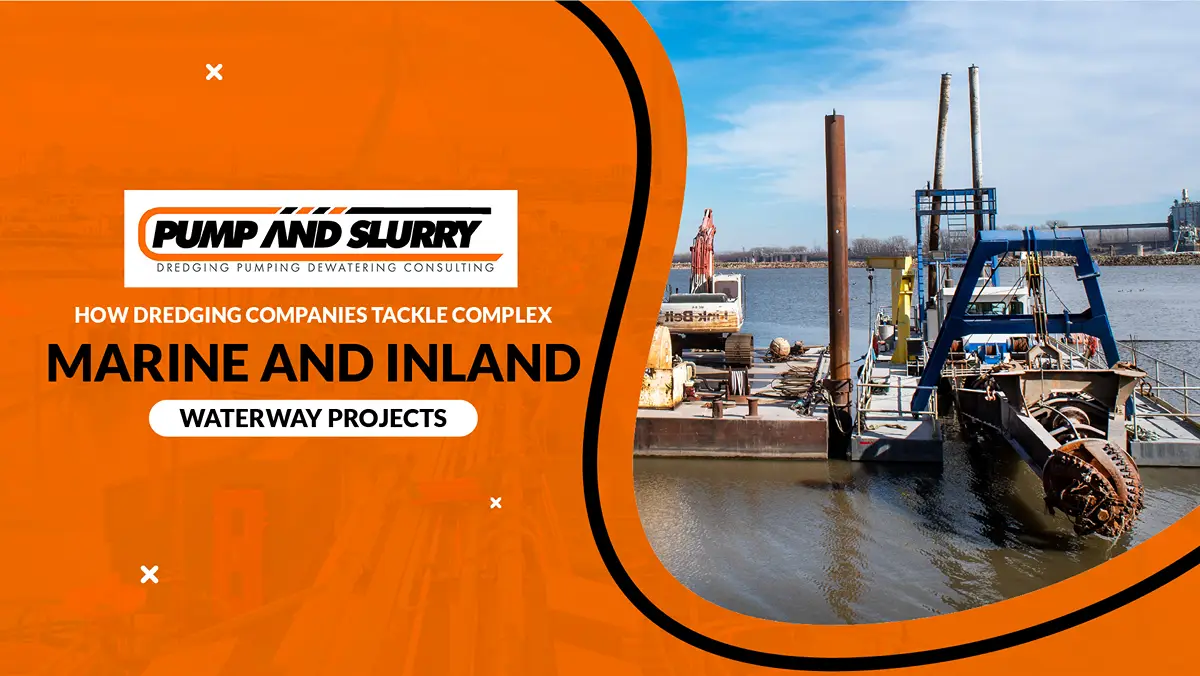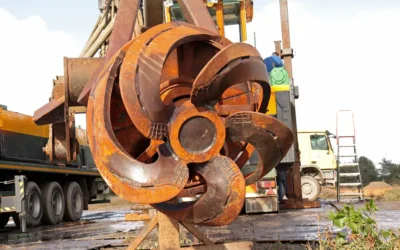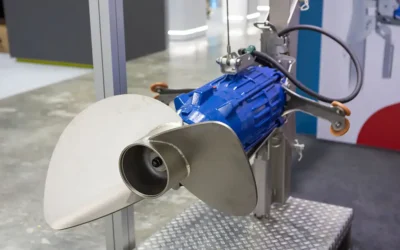Introduction
Dredging is essential for the development and upkeep of both marine and inland waterway systems, ensuring that these waterways remain navigable, functional, and safe for commercial and recreational activities. However, dredging can be a complex process, requiring careful management of environmental, logistical, and operational challenges. A dredging company is often tasked with navigating these difficulties, using advanced equipment, techniques, and specialized expertise to execute projects effectively.
Dredge companies play a critical role in overcoming the unique challenges presented by various waterway conditions, from fluctuating water levels to sediment composition. These companies use cutting-edge technology and state-of-the-art dredging equipment to tackle the complexities of each project. In this blog, we’ll explore how dredging companies manage intricate marine and inland waterway projects, detailing the various obstacles they face and the innovative solutions they implement. By combining their technical skills with a focus on environmental sustainability, dredging companies ensure that projects are completed efficiently and with minimal environmental impact.
Understanding Dredging
Before diving into the intricacies of complex dredging projects, it is important to understand what dredging is and why it is necessary. Dredging refers to the process of removing sediment, debris, and other materials from the bottom of water bodies such as rivers, lakes, harbors, and coastal areas. This process is essential for maintaining the depth and width of navigable channels, ensuring safe passage for vessels and ships. Dredging is also performed to remove contaminants from the water, restore habitats, and prevent flooding.
Dredging companies are responsible for providing all the necessary equipment and expertise to carry out these projects, whether in marine environments or inland waterways.
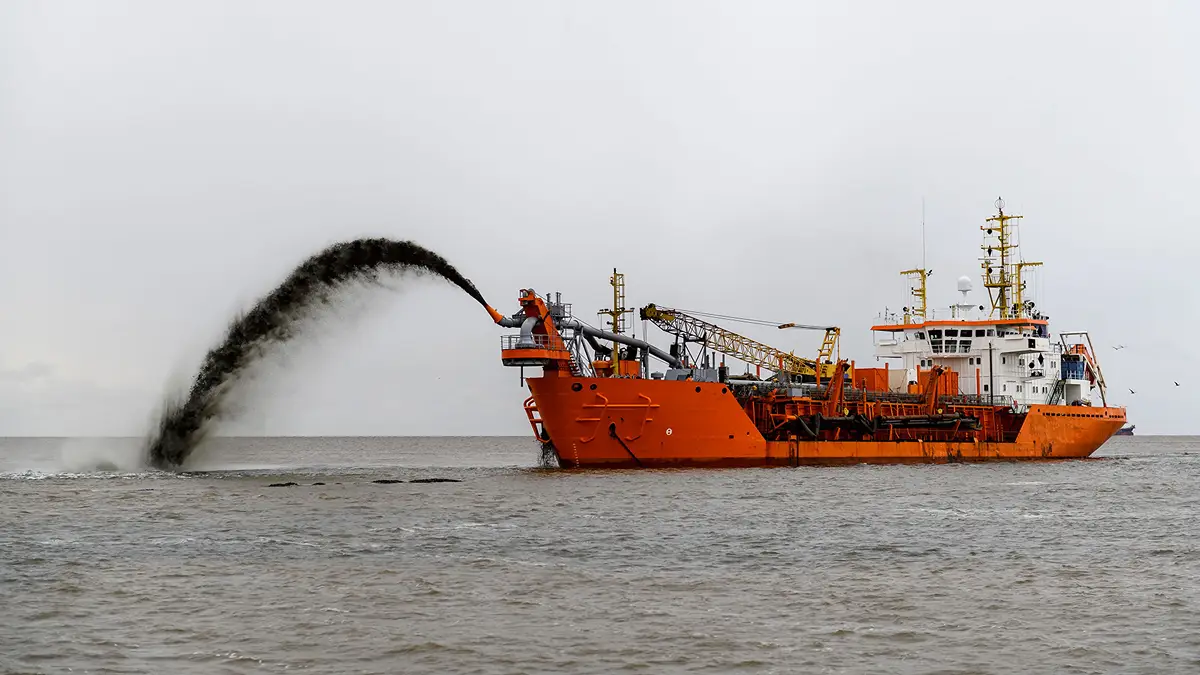
The Key Challenges in Dredging Complex Projects
Dredging projects are not without their challenges. Dredging companies face several hurdles when undertaking complex projects, especially in marine and inland waterway environments. These challenges range from environmental and logistical issues to technical and regulatory considerations.
Environmental Challenges
A primary concern for any dredging company undertaking a project is the potential environmental impact. The process of removing sediment from water bodies can disrupt local ecosystems, affecting marine life, water quality, and habitat integrity. To mitigate these risks, dredging companies incorporate environmental considerations into every phase of their projects, ensuring that their operations do not cause unnecessary harm to the environment.
Sensitive habitats such as coral reefs, seagrass meadows, and wetlands can make dredging more complex. These delicate ecosystems require careful planning and execution to minimize disruption. Additionally, dredge companies must navigate a complex set of environmental regulations governing dredging activities. Compliance with these laws is crucial to avoid fines, project delays, or even shutdowns, making regulatory adherence a top priority for any dredging company.
Another significant environmental challenge that dredging companies face is sediment management. Dredged material may contain pollutants like heavy metals, oil, or other hazardous substances, which can pose serious risks to water quality and surrounding ecosystems. To address this, dredging companies employ proper disposal or treatment methods to minimize the environmental impact of dredged materials, ensuring that they are handled in an eco-friendly and responsible manner.
Geological and Hydrological Factors
Geological and hydrological conditions vary greatly from one location to another, which can make dredging projects particularly complex. For example, different types of sediment—sand, clay, silt, or gravel—require different dredging techniques. Dredging companies must carefully analyze the composition of the material before selecting the appropriate dredging equipment.
Water conditions such as tides, currents, and waves can also affect the progress of a dredging project. For instance, strong currents in rivers or coastal waters can complicate dredging operations, requiring dredging companies to adjust their techniques accordingly.
In inland waterway projects, factors such as seasonal fluctuations in water levels and changes in riverbed composition further complicate the process. These variables demand expert knowledge and experience from dredging companies to ensure successful project execution.
Logistical and Operational Obstacles
Dredging projects often take place in challenging locations where access is limited, and logistical coordination is difficult. For instance, working in congested harbors, shallow waters, or remote areas can make it difficult for dredging companies to mobilize their equipment. The need to transport heavy machinery, personnel, and materials to and from the site can further complicate the project timeline and increase costs.
Moreover, dredging companies must carefully plan and coordinate the entire project. From managing equipment to ensuring the safety of personnel, logistical challenges can delay or even halt dredging operations if not addressed promptly.
Weather conditions are another factor that can affect dredging operations. Storms, high winds, and other adverse weather conditions can disrupt work and force dredging companies to halt operations temporarily.
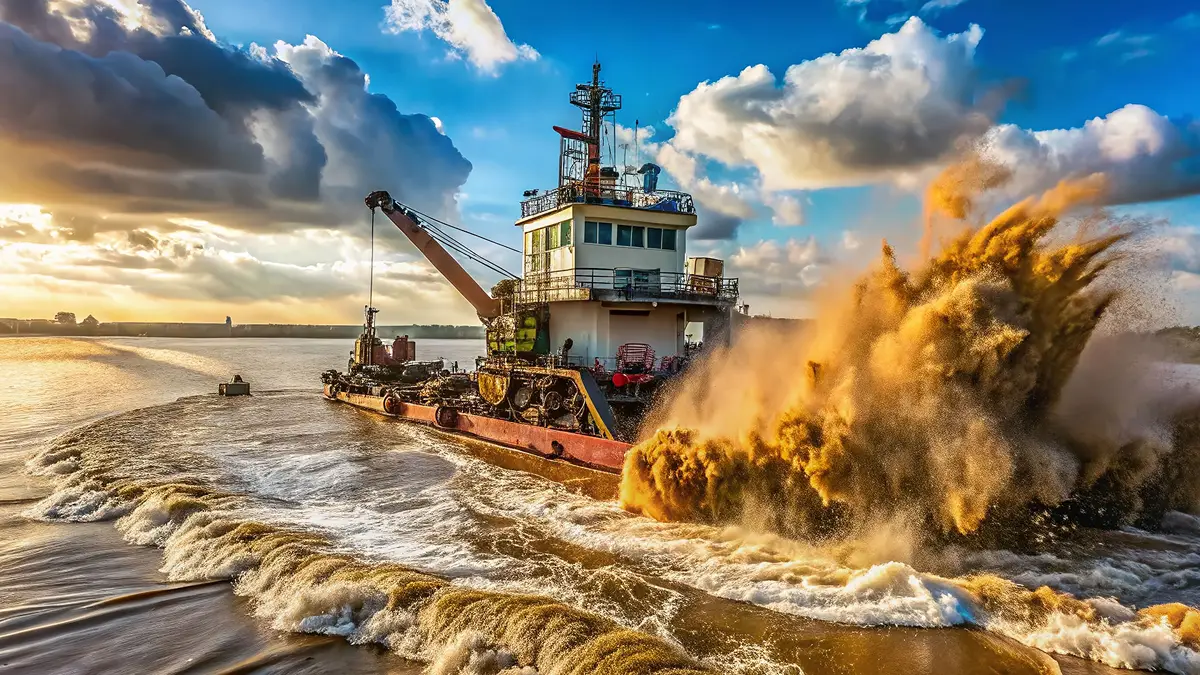
Advanced Techniques Used by Dredging Companies
To overcome these challenges, dredging companies rely on a variety of advanced techniques, cutting-edge equipment, and technological innovations. These tools enable them to efficiently and safely tackle complex dredging projects, regardless of the obstacles they may face.
Innovative Dredging Equipment
Dredging companies use a wide range of specialized equipment to perform dredging operations. Some of the most common equipment includes:
Cutter Suction Dredgers: Cutter suction dredgers (CSDs) are highly specialized vessels used by dredging companies to tackle tough underwater environments. These vessels are equipped with rotating cutter heads that break up dense and compacted material on the seabed, making them ideal for handling hard substrates like clay, gravel, or other tough sediments. Once the material is loosened by the cutter, it is suctioned into a pump and transported to a designated disposal site or storage area. Dredging companies commonly use CSDs for projects that require precision, such as port maintenance, deepening channels, or working in difficult underwater conditions. Their ability to manage dense and compacted materials makes them indispensable for dredge companies dealing with challenging sediment types.
Trailing Suction Hopper Dredgers: Trailing suction hopper dredgers (TSHDs) are among the most versatile and widely used types of dredging equipment employed by dredging companies. These vessels feature large suction pipes that extend to the seabed to collect sediment, which is then pumped into onboard hoppers. TSHDs are particularly well-suited for maintenance dredging, which involves the periodic removal of accumulated sediment from harbors, rivers, and shipping channels. They are also used in larger-scale dredging projects, such as port expansions or coastal reclamation. Once the hoppers are full, the dredger sails to a designated disposal site to release the sediment. Dredge companies prefer TSHDs for extensive projects because of their efficiency in material removal and transportation.
Environmental Dredgers: Environmental dredgers are specifically designed to minimize the environmental impact of dredging operations, making them essential for dredging companies focused on eco-friendly practices. These vessels are equipped with advanced technologies that reduce disturbance to aquatic ecosystems while efficiently removing sediment. Environmental dredging is critical for projects focused on removing contaminated sediments or cleaning up polluted water bodies, such as rivers, lakes, or coastal areas. These dredgers are designed with environmentally sensitive operations in mind, ensuring minimal disruption to wildlife habitats and the surrounding ecosystem. Dredge companies involved in environmental restoration projects rely on these specialized vessels to carry out sustainable dredging while safeguarding the environment.
Dredging companies may also use additional equipment such as split-hull barges, booster pumps, and backhoe dredgers, depending on the specific needs of the project.
Technology Integration
Technology plays an essential role in modern dredging operations. Dredging companies utilize a range of advanced tools and systems to enhance the precision, efficiency, and safety of their projects.
- GIS and GPS Technology: Geographic Information Systems (GIS) and Global Positioning Systems (GPS) are used for mapping and monitoring dredging activities. These technologies enable dredging companies to perform precise dredging and avoid damaging sensitive areas or over-dredging.
- Remote Sensing: Dredging companies use remote sensing technologies such as sonar and LiDAR (Light Detection and Ranging) to create detailed, real-time maps of underwater environments. This allows for accurate assessments of sediment deposits and helps companies plan their dredging operations more effectively.
Advanced Sediment Management Strategies
Sediment management is a critical aspect of dredging operations. Proper disposal or reuse of dredged materials is essential to minimize environmental impact and ensure that the materials are handled responsibly.
Some dredging companies practice beneficial reuse of dredged materials, using the sediment for land reclamation, coastal protection, or habitat restoration. For instance, dredged material may be used to create new land for port expansion or restore wetlands damaged by erosion.
In cases where dredged materials are contaminated, dredging companies may implement advanced sediment treatment methods to neutralize harmful substances before disposal. Techniques such as dewatering, chemical treatment, and thermal processing help reduce the environmental impact of dredged material disposal.
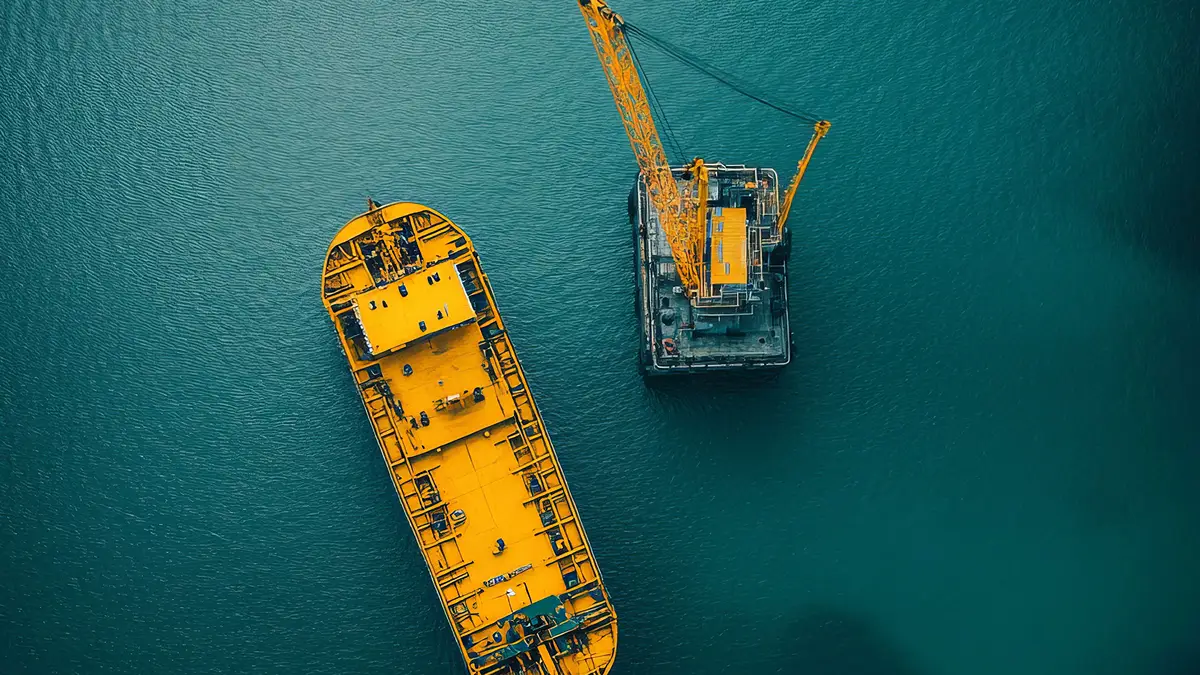
Expertise and Project Management
Successful dredging projects require a combination of technical expertise, careful planning, and effective project management. Dredging companies employ multidisciplinary teams to ensure that all aspects of a project are handled professionally.
Project Planning and Feasibility Studies
Before beginning a dredging project, dredging companies conduct thorough feasibility studies and site assessments to determine the best approach. This may involve analyzing water and sediment quality, studying environmental factors, and assessing the potential impact of the dredging process on local ecosystems.
In the case of complex projects, dredging companies may also carry out detailed modeling to predict how water flow, sediment movement, and other factors will be affected by the dredging process. This information is critical for ensuring that the project is completed safely and efficiently.
Multidisciplinary Teams and Collaboration
Dredging projects often require collaboration between a range of professionals, including engineers, marine biologists, environmental consultants, and regulatory specialists. Dredging companies bring these experts together to create comprehensive plans that address every aspect of the project, from design to execution and compliance.
In many cases, dredging companies must coordinate with local authorities, stakeholders, and environmental organizations to ensure that the project meets all necessary regulations and permits.
Risk Management in Complex Projects
Risk management is a key component of any complex dredging project. Dredging companies implement strategies to identify potential risks early in the project and develop mitigation plans to address these risks. This may include preparing contingency plans for adverse weather, delays in equipment delivery, or unforeseen environmental issues.
By carefully managing risks, dredging companies are able to keep projects on track and minimize the chances of costly delays or failures.
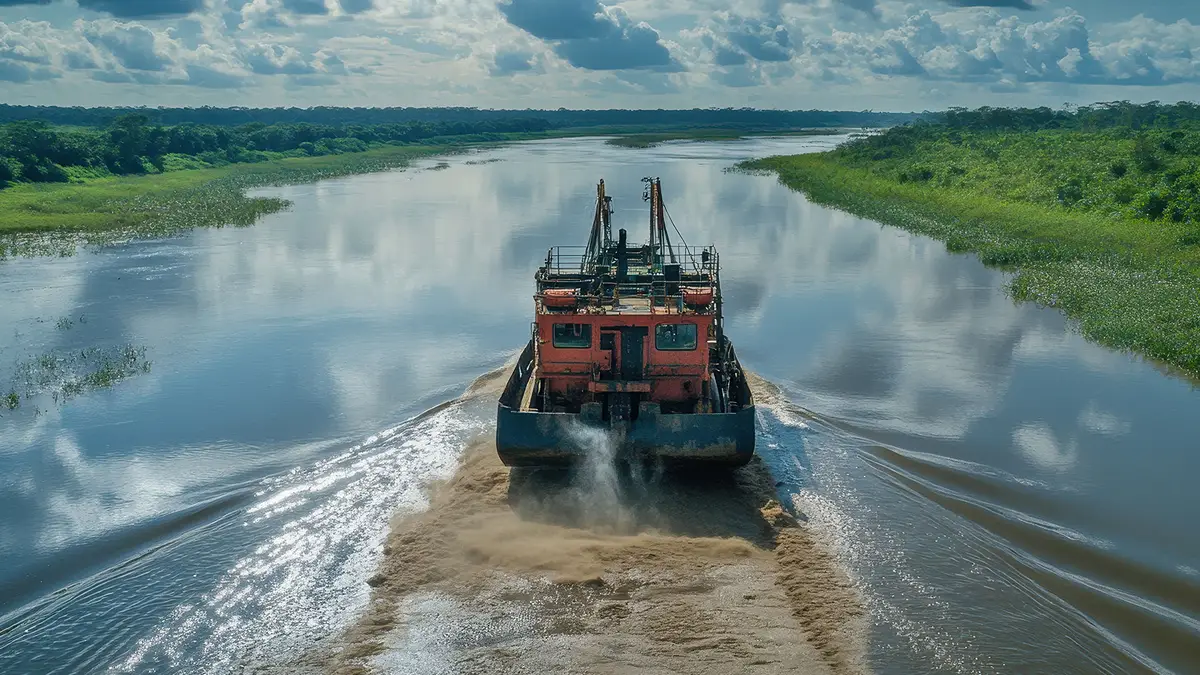
The Role of Dredging Companies in Sustainable Practices
As the world becomes increasingly focused on sustainability, dredging companies have stepped up to meet the challenge of implementing eco-friendly practices. Modern dredging operations focus on minimizing environmental disruption through careful planning, advanced equipment, and sustainable disposal methods.
Environmental Stewardship
Many dredging companies are committed to environmental stewardship by employing strategies that minimize their impact on ecosystems. For example, some dredging companies use less invasive techniques, such as environmental dredging, which reduces disturbance to the surrounding environment. Additionally, companies are increasingly investing in research to develop better, more sustainable dredging technologies.
Compliance with Regulations
Dredging companies must navigate a complex web of environmental regulations that govern how they conduct their operations. These regulations often vary by location, but they generally focus on preserving marine life, reducing pollution, and ensuring that sediment disposal is done responsibly. To comply, dredging companies must stay up-to-date on regulatory changes and implement best practices in every stage of a project.
Sustainable Dredging Solutions
Sustainability is at the forefront of modern dredging, with companies finding ways to reuse dredged materials, reduce waste, and minimize emissions. By adopting green technologies and sustainable practices, dredging companies can help ensure that their projects have a minimal impact on the environment and contribute to the long-term health of marine and inland ecosystems.
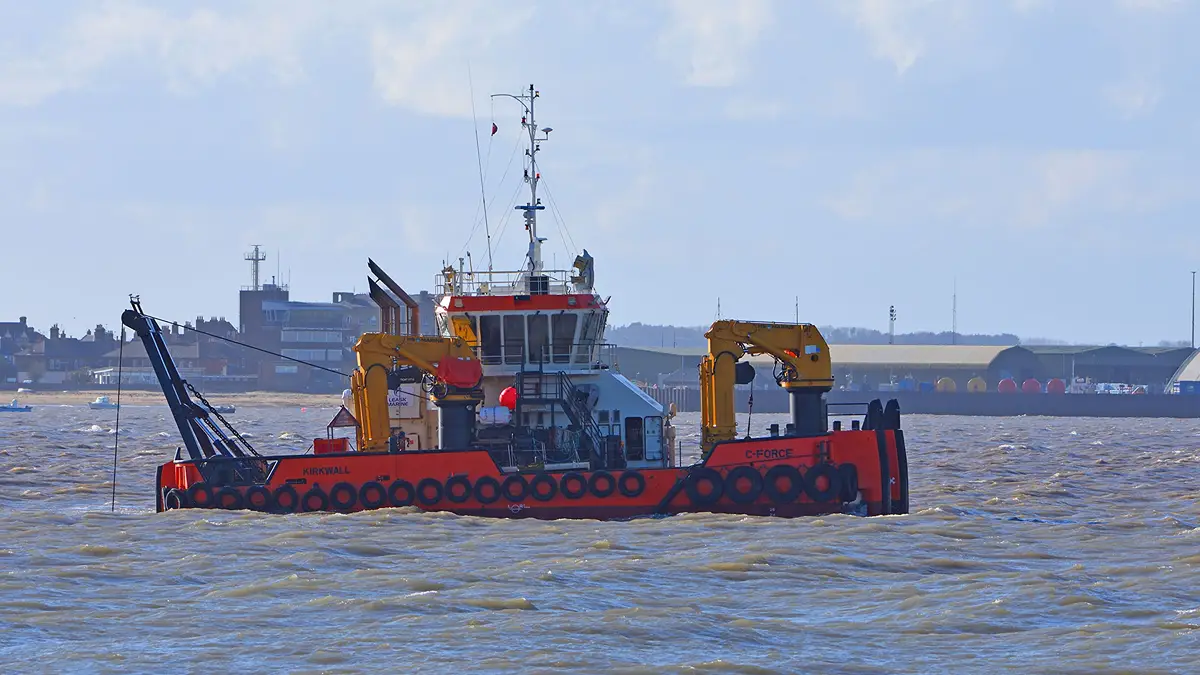
Conclusion
Dredging companies play a vital role in preserving and enhancing the navigability of both marine and inland waterways. Their work is essential for maintaining safe and efficient passage for vessels, ensuring that ports, harbors, rivers, and canals remain accessible for trade, transportation, and recreation. These companies utilize cutting-edge equipment, embrace innovative technologies, and leverage specialized expertise to overcome the unique challenges posed by complex dredging projects. Whether dealing with difficult sediment types, unpredictable water conditions, or environmental concerns, dredging companies are equipped to handle the demands of any task.
The expertise of dredging companies is key to completing projects on time, within budget, and in compliance with environmental regulations. These companies apply advanced techniques to ensure that their operations minimize environmental disruption, a growing concern as the world increasingly focuses on sustainability. By using technologies such as GPS, GIS, and sonar systems, dredging companies can execute highly precise dredging while reducing unnecessary sediment disturbance. Additionally, environmental management practices, such as eco-friendly dredging methods and the beneficial reuse of dredged materials, help mitigate negative effects on ecosystems.
As the need for infrastructure development, trade expansion, and ecosystem restoration continues to grow, dredging companies are constantly evolving to meet these demands. Their ability to adapt to changing environmental standards, adopt sustainable practices, and innovate with new equipment ensures that they remain at the forefront of the industry. By prioritizing environmental stewardship alongside project success, dredging companies are not only supporting economic growth but also helping to protect and restore aquatic ecosystems for future generations. Their commitment to sustainable dredging practices is helping to balance the need for infrastructure development with the protection of our natural resources.





